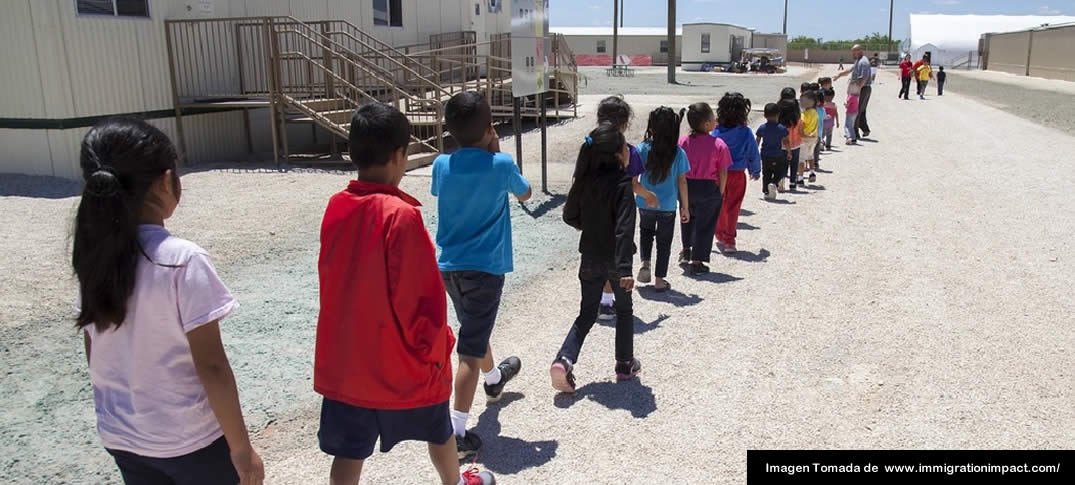Written by Atenas Burrola, Pro Bono Manager and Crystal Massey, National Pro Bono Coordinator for the Afghan Project at the American Immigration Council
The Biden administration is reportedly considering reopening family detention. This is horrific news—news that left us in tears. Between the two of us, we dedicated countless hours working and volunteering in what was then the nation’s largest family detention center in Dilley, Texas. During that time, we witnessed firsthand the horrors of family detention and are almost beyond belief that the administration is considering bringing it back.
The 2,400-bed South Texas Family Residential Center (STFRC) in Dilley, known as “baby jail” or “Dilley” to advocates, opened in early 2015. Its use as a family detention center was ended, ironically, by the Biden administration in 2021. To us, that closure was an important acknowledgement of the inhumanity of family detention. It was a sign that the Biden administration understood that the purported purpose of family detention—deterrence—was cruel and didn’t work. It was a step forward. More information https://www.inmigracionyvisas.com/a5703-Stories-That-Reveal-the-Problem-with-Family-Detention.html












